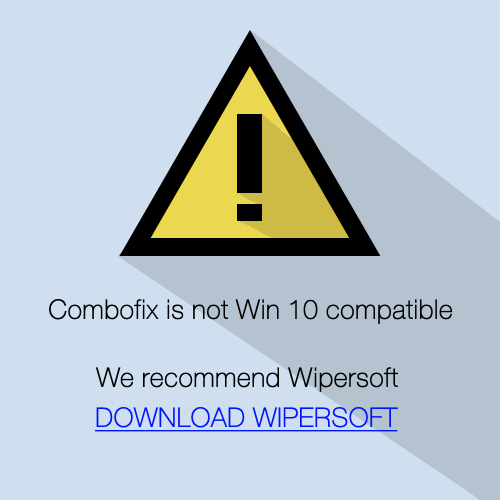All Computers require free memory to run faster and operate efficiently. The amount of free random access memory or RAM, virtual memory or virtual RAM (made up of free hard drive space called page file) and Graphics Memory can affect the performance of your PC dramatically. There are however certain tips and tricks to free up or create more memory. Read on to find out some of these tips and tricks.
The first method to make more memory available on your PC is allocating more virtual memory. In windows 7 this can be done by opening ‘Control Panel’ and then clicking ‘System and Security’ followed by ‘System’. After this, click on the ‘Advanced system settings’ and clicking ‘Settings’ in the ‘Performance’ section. Now click on the ‘Advanced’ tab and then select ‘Change’ in the virtual memory section. Deselect ‘Automatically manage paging file size for all drives’ if it is selected. Now select the ‘Custom Size’ radio box. Lastly type in the amount of hard drive space on the selected hard drive needed for virtual memory. And what do you know – you have improved your system’s performance by allocating more virtual memory.
The second method is to increase the amount of free memory available to the processor by ending unnecessary or inessential tasks. This can be done by pressing CTRL+ALT+DEL and then selecting ‘Start task manager’ from the menu. Once task manager is open you will see the following tabs: ‘Applications’, ‘Processes’, ’Services’, ’Performance’, ’Networking’ and ‘Users’. Select the performance tab. Here you can view a monitor of your CPU usage and physical memory usage. Take a note of how much memory and percentage of the CPU you are using. Now click on applications. If you notice any nonessential applications running then right click the application in the application section and select ‘End Task’. You have now freed up some memory by ending a nonessential task. Following this go back to the ‘Performance’ tab and see how much memory you have freed up. Now select processes. You will now see a list of processes running on your machine. Find any non-system or network tasks that you do not need to be loaded or running. Right click this process. Now select ‘End Process’. Go back to the ‘Performance’ tab and see how much memory you have freed up. Well done!
Lastly, if you want an individual process to run faster then select the task process in the ‘Processes’ tab and ‘Select Priority’ and change it to ‘Real-time’ or ‘High’. Now the selected process should run faster as its priority is set higher – it will now use more memory and therefore run better.
So, next time your machine is running like a tortoise remember these simple yet useful tips to freeing up memory and improving your PC’s performance. In summary – allocate lots of virtual memory, close nonessential processes and applications and change the priority of certain important processes to high or real-time. Remember, all of these tasks can increase the performance of your PC dramatically.
